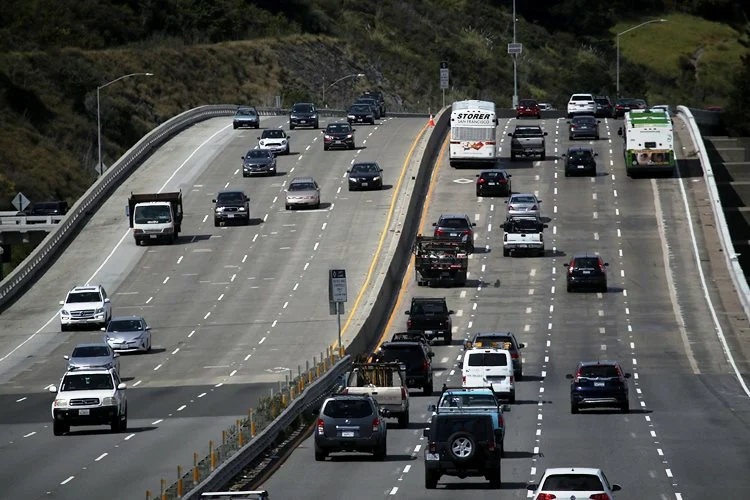How to Start a Business Along a Highway Called a Highway
If you want to start a business along a highway, you must find a location where there is enough traffic to sustain the business. Different businesses need different locations. For example, a business that caters to commuters needs a location that is close to the highway, while one that caters to truck drivers needs a location that has a large parking lot and entrances that can accommodate large vehicles.
Urban arterial types
Many urban arterials serve multiple functions, such as transportation, residential, and cultural areas. These streets also often have high volumes of traffic and high air pollution. However, these roads can also create accessibility challenges for nearby residents and increase travel times. Luckily, there are a number of ways to address these issues while still maximizing traffic flow.
Some of the most common urban arterial types are furniture and appliance dealers, bars, and automobile repair shops. These types of businesses typically locate along major arteries and are a significant contributor to the growth of a downtown area. Some urban arterials are part of the core of the central business district, while others are part of a strip or ribbon development.
Fortunately, these areas also often undergo redesign. This allows for innovative urban design and transit services, and can reduce air pollution and other impacts on public health. By keeping traffic congestion and air pollution at bay, arterials can also improve livability and safety. This makes them a valuable part of the city’s transportation network.
Although many cities across the nation have adopted similar planning policies, there are some key differences. For example, the cities of Tulsa and Philadelphia have adopted different approaches to commercial land use. Both cities recognize the importance of urban arterials as places to locate certain types of business.
Frontage roads
Frontage roads are essentially side roads where businesses and other businesses can set up shop and make money. The problem with these roads is that they eat up the resources of a regular road and can only accommodate low density development. For that reason, TxDOT has tried to avoid building these types of roads along freeways. This can create safety problems as slower moving vehicles try to merge onto the freeway. It can also reduce travel speeds and cause the freeway to reach capacity earlier than intended.
In general, frontage roads should be one-way. There are some exceptions to this rule, but they should be rare. In addition, such roads may impose severe restrictions on traffic circulation. This is why the design for frontage roads needs to be considered at a schematic level. Additionally, one-way frontage roads must have a minimum inside shoulder width of 8 to 10 feet.
In Texas, most freeways are served by frontage roads. The development of these roads was facilitated by State Highway Engineer Dewitt Greer, who served from 1940 to 1968. Greer wanted to reduce the cost of acquiring right-of-way. Providing access to a new road would also decrease the cost of right-of-way acquisition. The Gulf Freeway, a major freeway in southeast Houston, was the first to feature frontage roads. Developers realized that the frontage roads offered great potential for development.
Frontage roads are often constructed as part of a larger project. They can be built in the initial stages of a freeway or even before the main lanes. The purpose of a frontage road is to minimize the risk of commercial development disrupting the urban area and allow commercial development in the adjacent properties. The cost of building a frontage road may be higher than the cost of constructing the main road, but the benefits of commercial development can more than offset the costs.
Businesses with entrances on highways
Businesses with entrances on highways may be subject to certain requirements. For example, the district administrator or designee of the district may require that certain types of traffic movements be physically prohibited in those entrances. To obtain this exception, a business must submit a request to the district administrator and must include documentation of the criteria listed above.
A commercial entrance on a highway must meet certain standards, including the appropriate sight distance. In addition, the entrance must be signalized to ensure safe flow of traffic. Businesses with entrances on highways should follow certain regulations regarding the size and height of the entrances. To determine whether a commercial entrance is allowed, the district administrator’s designee must consult the developer and the locality and determine if the location meets the state requirements for commercial entrances.
